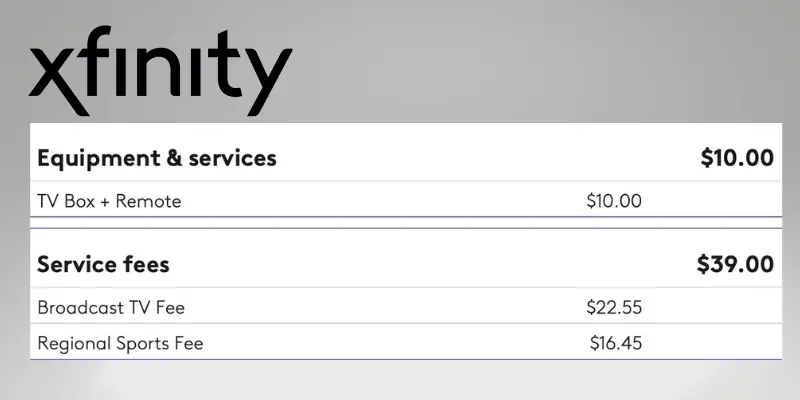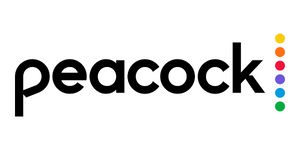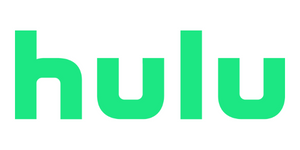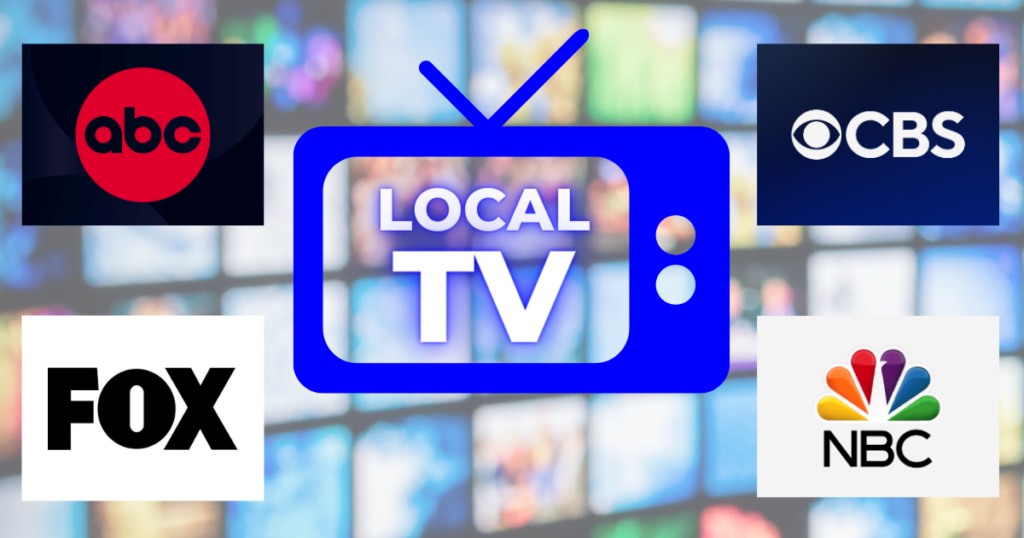If you’re thinking about cutting the cord, your local ABC, CBS, FOX, NBC and PBS stations are probably among your must-have channels.
The good news is that you can get those channels without a cable or satellite subscription.
But the bad news is that if you live in an area where you can’t pick up the major broadcast networks with an antenna, it’s probably going to cost you.
Here’s why:
Federal law allows the major broadcast networks to charge pay-TV operators (cable, satellite and live TV streaming services) to carry their channels. The broadcasters collect billions of dollars a year in fees from pay-TV operators.
That explains the broadcast TV surcharge that you may have seen on your cable TV bill.

It also explains why Locast, a free streaming service that provided access to local stations, was sued by the major broadcast networks and had to shut down in late 2021.
What’s a cord cutter to do? In this article, I share the best ways to watch local channels without cable!
1. Antenna
If you live close to broadcast towers, an antenna is the best way to pick up your local stations because you pay for the antenna once and get a lifetime of free TV.
I have a Mohu Leaf indoor antenna that cost me around $50. It hooks up to the back of my TV set and picks up more than 100 channels, including the major broadcast stations.
Indoor antennas like the Mohu Leaf work best in cities and some suburban locations.

For homes in more rural settings, an outdoor antenna is the way to go.
The main drawbacks are that outdoor antennas can be more expensive than indoor antennas, and they require professional installation.
To learn more about outdoor antennas, check out the Antenna Man YouTube channel.
2. Live TV Streaming Service
YouTube TV, Hulu Live, Fubo and DIRECTV STREAM are three of the premium live TV streaming services that carry local network stations.
I refer to these as Cable 2.0 services.
They offer bundles of popular cable networks, plus access to your local ABC, CBS, FOX, NBC and perhaps PBS, for around $75 to $80 per month.
The primary benefit of these services over cable is that you don’t have a contract.
Not all Cable 2.0 services carry your local stations. Sling TV is one of the more affordable options, but it only offers FOX and NBC stations in select markets.
Sling TV added ABC in select cities starting in March 2023. They include:
- New York
- Los Angeles
- Chicago
- Philadelphia
- San Francisco
- Houston
- Raleigh-Durham
- Fresno
If you live in Chicago, Los Angeles, New York City, Philadelphia or San Francisco, you’ll have access to ABC, FOX and NBC. Subscribers in those five cities only will pay an extra $5 per month.
I have a separate guide to help you compare the best live TV streaming services.
3. Paramount+

Paramount Plus, formerly CBS All Access, is a streaming service that offers a mix of on-demand and live content.
Most of the content is on-demand from a variety of Paramount-owned networks including CBS, BET, Comedy Central, Nickelodeon, MTV and Smithsonian Channel.
But if you pay for the Premium plan ($11.99/month), you get 24/7 access to your local CBS station.
The Essential plan ($5.99/month) doesn’t include your local CBS station, but you can stream live feeds of some sports programming like the NFL on CBS.
Both plans are offered at a 16% discount if you pay annually instead of monthly. Learn more here.
4. Peacock

You can think of Peacock as NBCUniversal’s version of Paramount+.
In November 2022, Peacock added 24/7 access to your local NBC station with its Premium Plus plan ($13.99/month).
Peacock does simulcast NBC on occasion for people who have its cheaper Premium tier. For example, Peacock streams NFL Sunday Night Football games.
Peacock Premium and Premium Plus members can also stream current NBC shows the day after they air.
5. Hulu On Demand

For years, Hulu’s affordable on-demand service has made many network TV shows available to stream the next day.
But Hulu is having to pivot away from that strategy and focus more on original content.
Here are two reasons why:
- New episodes of NBCUniversal shows no longer stream next day on Hulu. They’re available on NBCUniversal-owned Peacock instead.
- Hulu struck a new deal for episodes of out-of-season FOX shows, but those series will also stream free on Tubi.
With streaming rights so spread out, Hulu isn’t one-stop-shopping anymore.
But since Disney owns Hulu, the service remains the primary streaming home for next day episodes of shows that air on ABC.
Hulu also includes FOX’s primetime shows the day after they air on the broadcast network.
6. Network Apps
With so many new streaming services, it’s easy to forget about the network apps. But they do provide some free content to watch.
Note: FOX and ABC have shut down their network apps.
The main problem with these apps is that not everything is free. Lock icons indicate that you’ll need a pay-TV subscription (cable, satellite or live TV streaming service) to view certain programming.
One network app that I do really like is the PBS Video App. It’s free and a great way to stream your favorite programming from PBS.
You can get more content with PBS Passport for $5 a month.
In addition, the free streaming app Local Now announced a partnership to live stream local PBS stations in more than 300 U.S. markets and cities. The rollout began in early 2023.
Download the free Local Now app and check to see if the PBS live stream is available where you live.
VIEWER TIP: Several people who watch my YouTube videos recommend The CW’s app, which is free and no pay-TV subscription is required.
7. Local News Apps
If you just want to watch your local news, free apps like NewsON and Haystack News provide content from stations across the country.
But if you have a favorite local news source, I would start by visiting their website directly.
Most stations will let you watch newscasts live from a computer or your phone, and a growing number of stations are launching their own apps to stream to a TV set.
You can also get the headlines by subscribing to trusted news sources on YouTube.
8. Puffer
Puffer is retransmitting the over-the-air broadcast TV signals from the San Francisco area as part of a research project for Stanford University.
After signing up, you can stream ABC, CBS, FOX, NBC, PBS and the CW.

Since this is a research project and not a for-profit streaming service, there are limitations. For example, only 500 people nationwide can watch Puffer at any time.
Learn more about Puffer and the goal of the research project here.
Final Thoughts
A lot of people tell me they would be happy to pay $20 a month for a streaming service that only has their locals, but I don’t see that happening anytime soon.
The companies that own the major broadcast networks also control many cable channels.
So while paying for 100 channels when you only watch 10 of them doesn’t work for consumers, it does work for the major content companies that operate the channels we watch.
See my updated cord-cutting guide for beginners and subscribe to my YouTube channel.


Hi Michael – thanks so much for all the helpful info, makes navigating this mess a lot easier! I recently heard about Tubi TV, and that it includes a DVR – all for a one-time price? Sounds too good to be true. I searched your site for Tubi, but all I found was a mention here on this page. Do you have a Tubi review I’m missing? Thanks so much!
Tubi is a free service. I’m not aware of any DVR with them.
In your information about antennas you stated: “outdoor antennas can be more expensive than indoor antennas, and they require professional installation.”
True, you need some handyman skills to install an outdoor antenna. But more and more of our general pubic, men & women, are opting to acquire some of those basic skills. I suggest that you replace the “they” in your statement with “may.”
Puffer is mostly broken and has been for quite some time. I claim idiots.